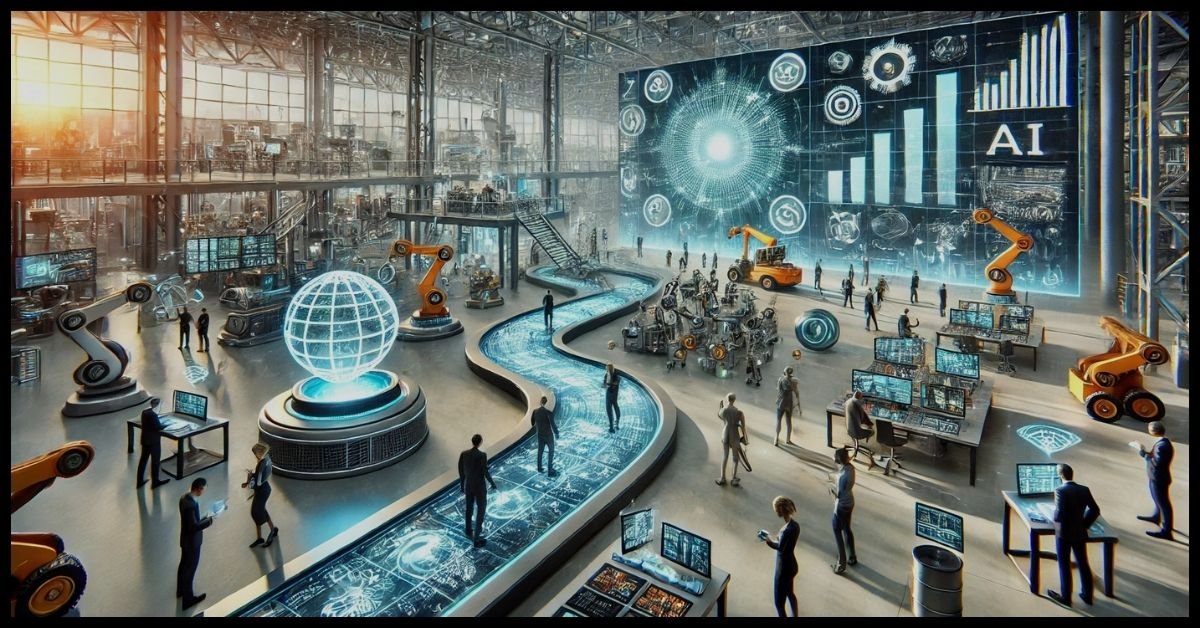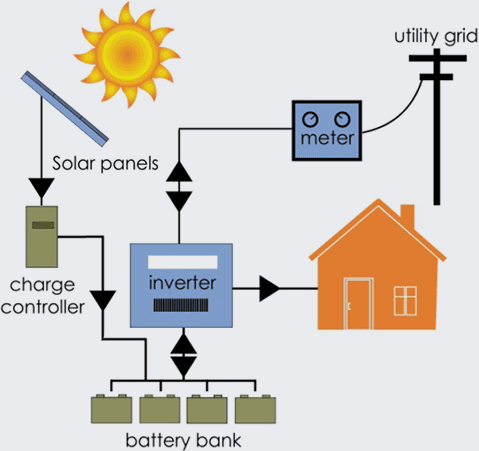Introduction to Ramit Kalia Patent
The innovations of brilliant minds often drive technological advancement. In recent years, Ramit Kalia’s patent has emerged as a game-changer, standing at the forefront of the technological revolution. This remarkable milestone patent promises to overhaul traditional practices, pushing innovation boundaries and setting new industry benchmarks. Whether impacting tech industries, business processes, or everyday life, Kalia’s invention will have a far-reaching influence.
In this article, we will explore how Ramit Kalia’s patent is revolutionizing technology, examining its key contributions and the profound impact it will have across various sectors. We’ll delve into the intricacies of this groundbreaking patent while highlighting the areas in which it is already making waves.
Understanding the Ramit Kalia Patent: A Game Changer in Innovation
What Makes the Ramit Kalia Patent Unique?
Ramit Kalia’s patent isn’t just another addition to the pool of technological innovations. It stands out due to its revolutionary approach to solving complex problems across multiple industries. The patent introduces a technology that streamlines processes, increases efficiency, and reduces operational costs—elements that businesses, governments, and individuals crave. The core idea revolves around automated solutions, which leverage artificial intelligence (AI) and machine learning to make decisions that previously required human input.
Unlike many technologies confined to a specific field, Kalia’s invention is versatile. It finds application in healthcare, manufacturing, data analysis, and education. By automating essential functions and improving accuracy, the patent enhances productivity and opens doors to innovations that weren’t previously possible.
The Scope of Kalia’s Innovation
The scope of Ramit Kalia’s patent is vast and flexible. It covers everything from automation systems to predictive technologies that use real-time data to deliver lightning-dight insights. Companies utilizing Kalia’s technology can automate tasks that once took days or weeks to complete, cutting costs and allowing human talent to focus on creative and strategic roles.
The patent is also environmentally conscious. With features designed to reduce energy consumption and minimize waste, it reflects the growing trend towards green technology. This is critical as industries worldwide strive to balance innovation with sustainability.
How Ramit Kalia’s Patent is Transforming Key Industries
Impact on Healthcare
Ramit Kalia’s patent streamlines diagnostics and treatment plans in the healthcare sector. The technology can analyze patient data faster and more accurately through AI and machine learning than manual methods. This allows for earlier detection of diseases, more personalized treatment plans, and reduced human error—factors that improve patient outcomes and save lives.
Moreover, hospitals using this patent technology can automate routine tasks such as patient check-ins, inventory management, and appointment scheduling. This frees healthcare professionals to focus on what they do best: patient care.
Revolutionizing Manufacturing Processes
Ramit Kalia’s innovation in the manufacturing industry enhances efficiency and reduces costs. With automation systems, manufacturers can run production lines with minimal human intervention. These automated systems are more precise, reducing the number of defective products and streamlining assembly lines.
This also translates into faster production times and lower overhead costs, keeping businesses competitive globally. The technology is scalable, meaning small and large manufacturers can benefit from its implementation.
Data-Driven Decision-Making in Business
Businesses increasingly turn to data-driven decision-making to stay ahead in the competitive market. Ramit Kalia’s patent helps organizations collect, process, and analyze vast data in real time. From predicting market trends to identifying consumer preferences, businesses can make informed decisions faster than ever before.
The technology also offers predictive analytics that can foresee future business trends, allowing companies to pivot their strategies ahead of the competition. This capability is handy in the finance, retail, and logistics sectors.
The Broader Implications of Ramit Kalia’s Patent on Society
Automation and Employment
One of the major concerns around automation technologies is their potential to reduce the need for human labor. While Ramit Kalia’s patent introduces automation, it does so in a way that complements human talent rather than replacing it. The patent’s design promotes the concept of collaborative automation, where machines handle repetitive tasks, allowing humans to focus on creative, strategic, and customer-facing roles.
This could redefine the nature of work across industries. Rather than displacing workers, this innovation can create new job opportunities that require advanced skill sets, thereby uplifting the workforce to a higher level of productivity.
Environmental Benefits
Another significant aspect of Kalia’s patent is its environmentally conscious design. As industries face mounting pressure to reduce their carbon footprint, Kalia’s invention supports this goal through energy-efficient systems. These systems can reduce the amount of power consumed by automated processes, lower emissions, and minimize waste—allowing companies to grow while being eco-friendly.
The patent’s adaptability to renewable energy technologies also makes it vital in developing green tech solutions, ensuring that industries remain aligned with global environmental goals.
FAQs on Ramit Kalia’s Patent
How does Ramit Kalia’s patent benefit small businesses?
Ramit Kalia’s patent is designed to be scalable, meaning it can be applied to businesses of any size. Small businesses can use it to automate critical operations, reduce overhead costs, and increase productivity without needing significant capital investments.
Is Ramit Kalia’s technology challenging to implement?
No, one of the critical advantages of this patent is its user-friendly interface and easy implementation. The technology is designed to be plug-and-play, meaning businesses can integrate it into their existing systems with minimal hassle.
Can this patent help companies become more sustainable?
Absolutely! Ramit Kalia’s patent includes features that promote energy efficiency and waste reduction, helping companies reduce their carbon footprint while improving operational efficiency.
How does the patent affect the job market?
Rather than replacing jobs, the technology focuses on automating repetitive tasks, freeing up human talent for roles that require critical thinking and creativity. This can lead to new, high-skill jobs in tech and other fields.
Which industries are most likely to benefit from this patent?
While the patent is adaptable to many industries, sectors such as healthcare, manufacturing, and data-driven businesses are likely to benefit the most from its automation capabilities.
Is Ramit Kalia’s patent future-proof?
Yes, the technology behind the patent is designed with adaptability in mind. It leverages AI and machine learning, which are constantly evolving fields, ensuring the patent remains relevant and valuable.
Conclusion: The Future is Bright with Ramit Kalia’s Patent
Ramit Kalia’s patent is a beacon of change in a world where technological innovation drives progress. Its ability to revolutionize industries, streamline operations, and contribute to environmental sustainability places it at the forefront of the next generation of technologies. From healthcare to manufacturing, Kalia’s invention promises to transform our lives and work.
This patent doesn’t just represent an incremental improvement; it signals a shift toward a future where automation, AI, and machine learning work hand-in-hand with human creativity and ingenuity. The impact of Ramit Kalia’s patent will be felt for years to come as it reshapes industries and empowers individuals and businesses alike.











